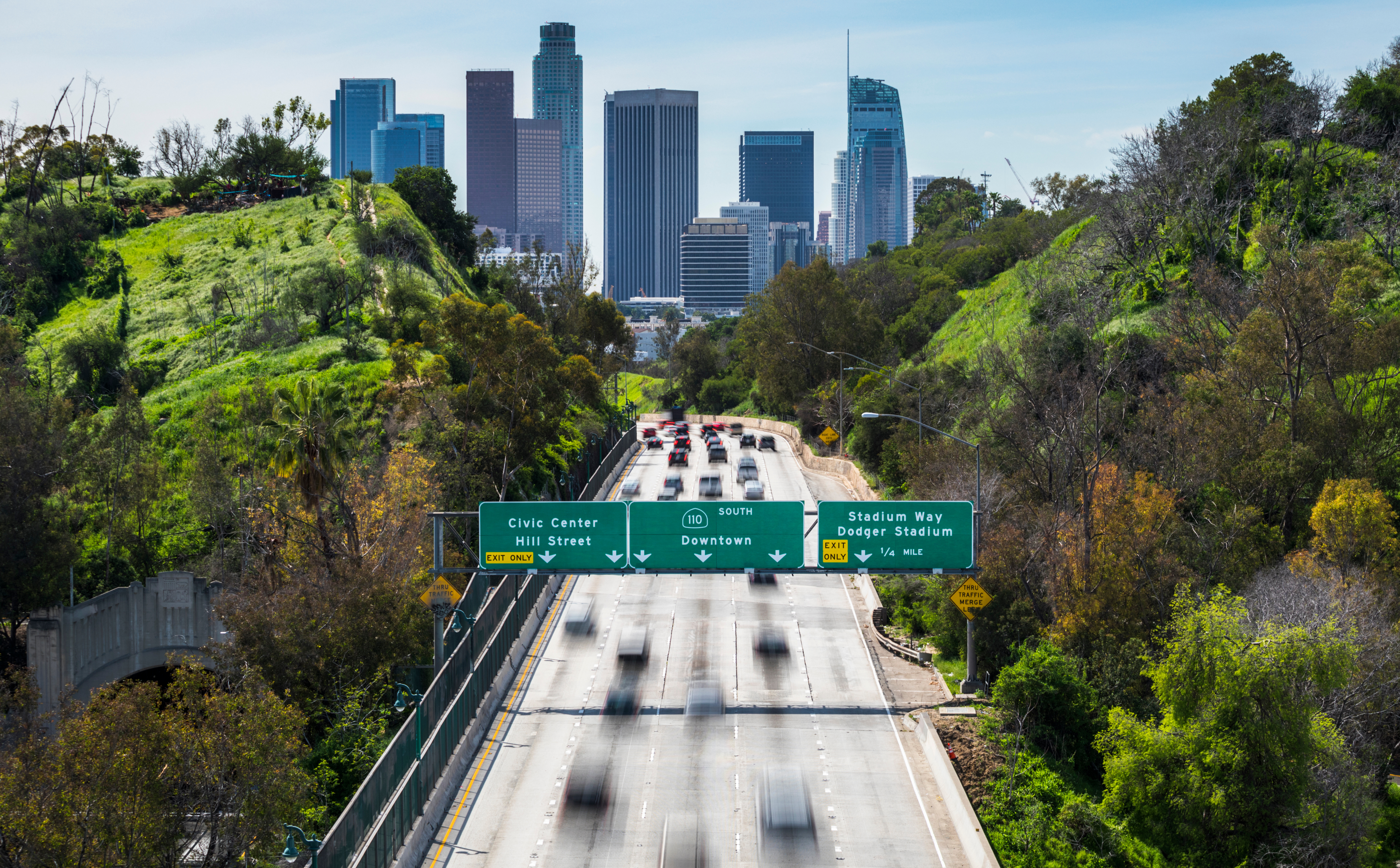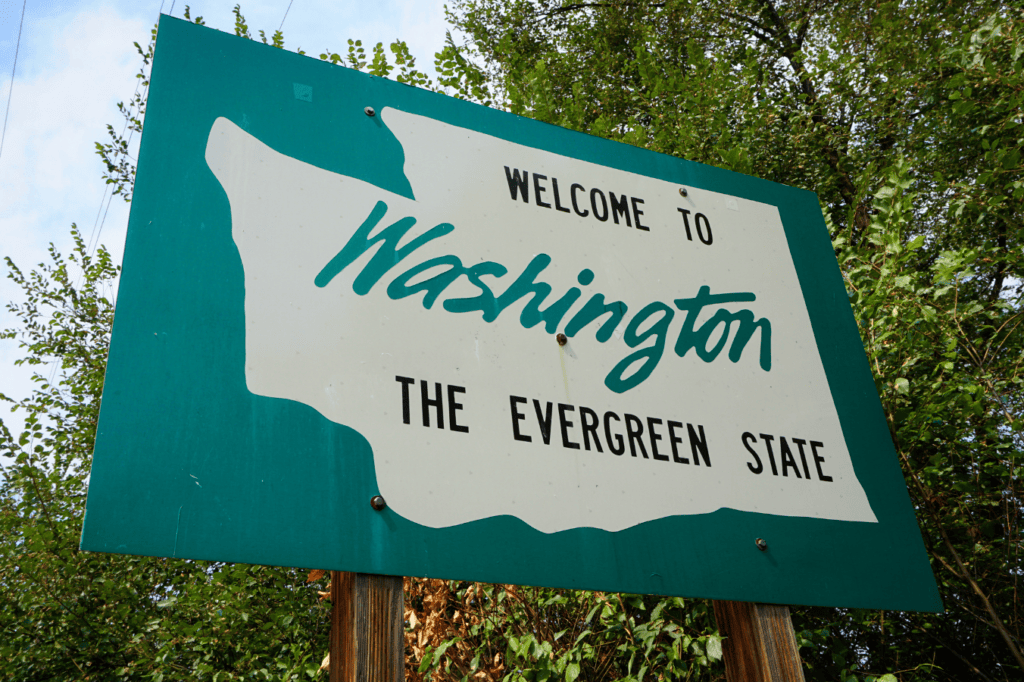Education Center / California’s New WAIRE Program
Blog
Category: Regulatory
California’s New WAIRE Program
California has been known for its thought leadership in facilitating transportation-related greenhouse gas (GHG) reductions, namely through its Low Carbon Fuel Standard (LCFS). However, recently one of the state’s jurisdictions has gone one step further: targeting key emission-producing sectors through their Warehouse Actions and Investments to Reduce Emissions (WAIRE) Program.
WHAT IS THE WAIRE PROGRAM?
Also known as Rule 2305, the WAIRE Program aims to reduce emissions associated with warehouses, primarily, transportation-related activities. More specifically, this rule aims to improve local and regional air quality by reducing nitrogen oxides, diesel-related emissions, and particulate matter that results from operations throughout a warehouse’s supply chain.
Within the WAIRE Program, warehouses must meet compliance and reporting standards. These compliance activities are funded through associated fees, outlined in Rule 316. Currently, this program applies to the owners and operators of warehouses located within California’s South Coast Air Quality Management District (AQMD) jurisdiction, with at least 100,000 ft2 of indoor floor space in a single building. To determine whether your facility is located within this area, view this map.
HOW DO YOU COMPLY WITH THE WAIRE PROGRAM?
To comply with this program, warehouse owners and operators both must submit initial information about their facilities. Upon approval by the governing board, a WAIRE Program Online Portal (POP) will be created where warehouse can easily enter and modify these reports. Warehouse owners simply need to complete a Warehouse Operations Notification (WON) – documentation noting warehouse details and its tenants. Warehouse operators, on the other hand, must submit two forms:
- 1. Initial Site Information Report (ISIR): This one-time submission is done during the first compliance period in which a warehouse operator is operating at one of their facilities. In cases where the operator relocates to an additional warehouse, a second ISIR would be required.
- 2. Annual WAIRE Report (AWR): This report is completed once every compliance period. It details not only how (many) points were earned, but the operator’s WAIRE Points Compliance Obligation (WPCO).
WHAT IS THE WAIRE POINTS COMPLIANCE OBLIGATION (WPCO)?
The WPCO is the number of points a warehouse operator must generate each compliance period to mitigate emissions relative to transportation in and out of their facility. The WPCO is calculated using the below formula:
HOW DO YOU COMPLY WITH THE WAIRE PROGRAM?
WATTS: This reflects the total number of truck trips in and out of a warehouse. A truck trip is classified as a one-way trip made by tractors and straight trucks when delivering or picking up goods. Therefore, a truck would be responsible for a total of two trips in the case they enter and exit a warehouse. However, due to variance in emission levels, not all trucks are weighted the same. The two formulas for determining your WATTs, depending on vehicle type, are listed below:
- 1. WATTs = (Class 2b to 7 truck trips) + (2.5 x Class 8 truck trips)
- 2. WATTS = (Straight Trucks) + (2.5 x tractors or tractor-trailers)
Stringency: This numerical value determines what level of compliance warehouse operators must meet. Currently, it is set to be phased in over three years, and is set at 0.0025 WAIRE Points per WATT. The yearly WAIRE stringency compliance schedule is shown below:

Above table taken from here.
- Annual Variable: This value varies depending on the compliance year and the phase-in schedule. To find out which value you should include in your calculation, please reference the below table:

Above table taken from here.
HOW DO WAIRE POINTS WORK?
The WAIRE Program follows a “menu-based” point system under which warehouse operators must earn a specific number of points annually – as determined by the WPCO formula above. These points can be earned one of three ways:
- 1. Select and complete any combination of actions noted within the WAIRE menu
- 2. Follow an approved, site-specific WAIRE plan and complete the associated tasks
- 3. Pay an emissions mitigation fee
With the WAIRE menu, this is a comprehensive listing of all the activities a warehouse operator can take to earn points. To view eligible activities, view page 20 of this document. Conversely, if operators choose to pay a mitigation fee, associated funds will be redistributed as incentives for alternative fuel vehicle technologies (near-zero (NZE) and zero-emission (ZE) vehicles) and related infrastructure (charging and fueling stations) in surrounding communities.
If more points are earned than what is required for the current compliance period, the warehouse operator can either transfer excess points to a different warehouse they operate or bank them for future use. However, they cannot sell these points to outside parties.
WHAT DOES THIS ALL MEAN FOR YOU?
If you’re a warehouse operating in California’s South Coast AQMD jurisdiction, it’s likely you’ll have to incorporate various changes into your operations – whether that’s investing in ZE/NZE vehicles, installing charging and fueling stations, using onsite solar panels, or beyond. But, just because there’s a lot to account for, you don’t have to approach it alone.
To understand WAIRE Program implications for your warehouse and/or assistance carrying out actions listed within the WAIRE menu, reach out.










